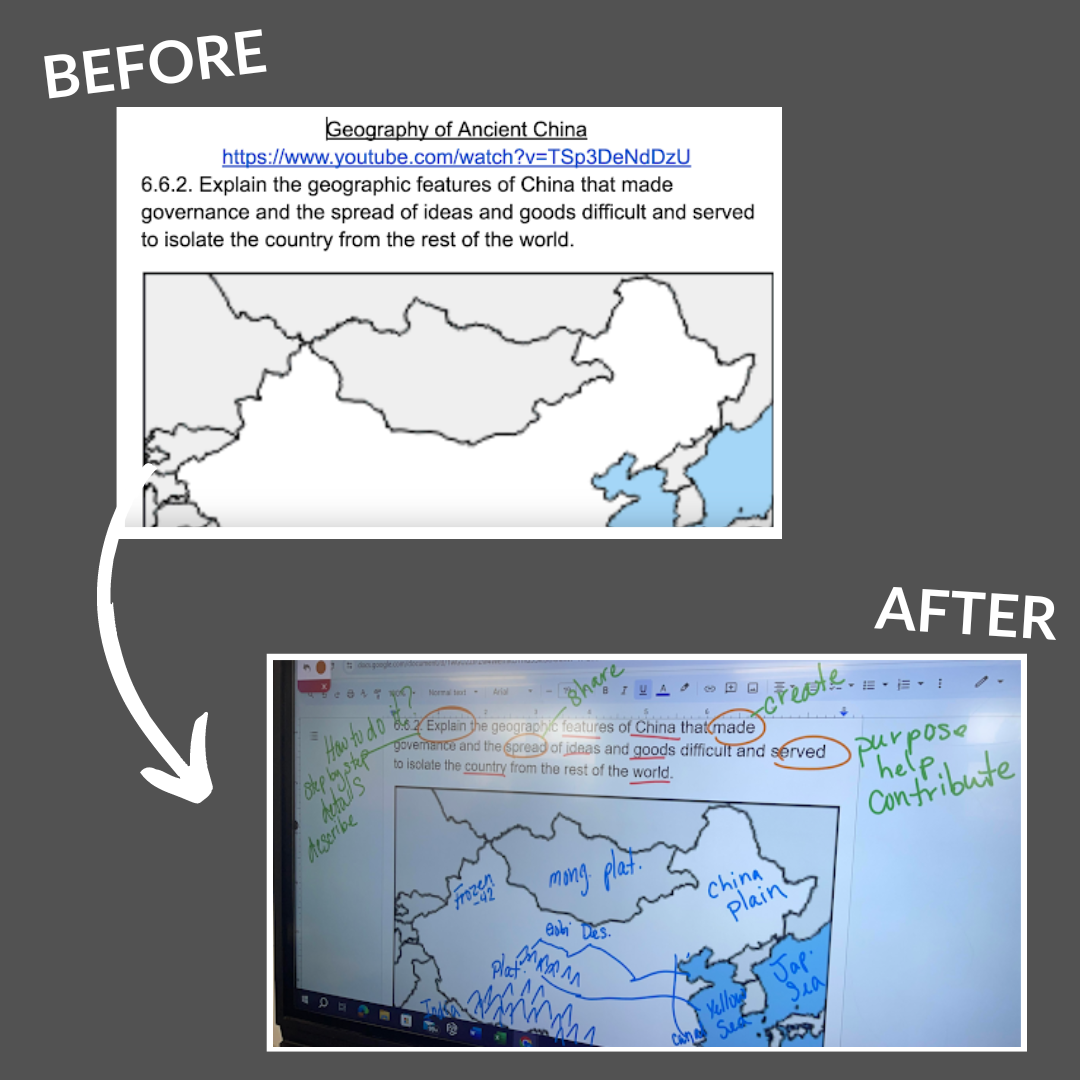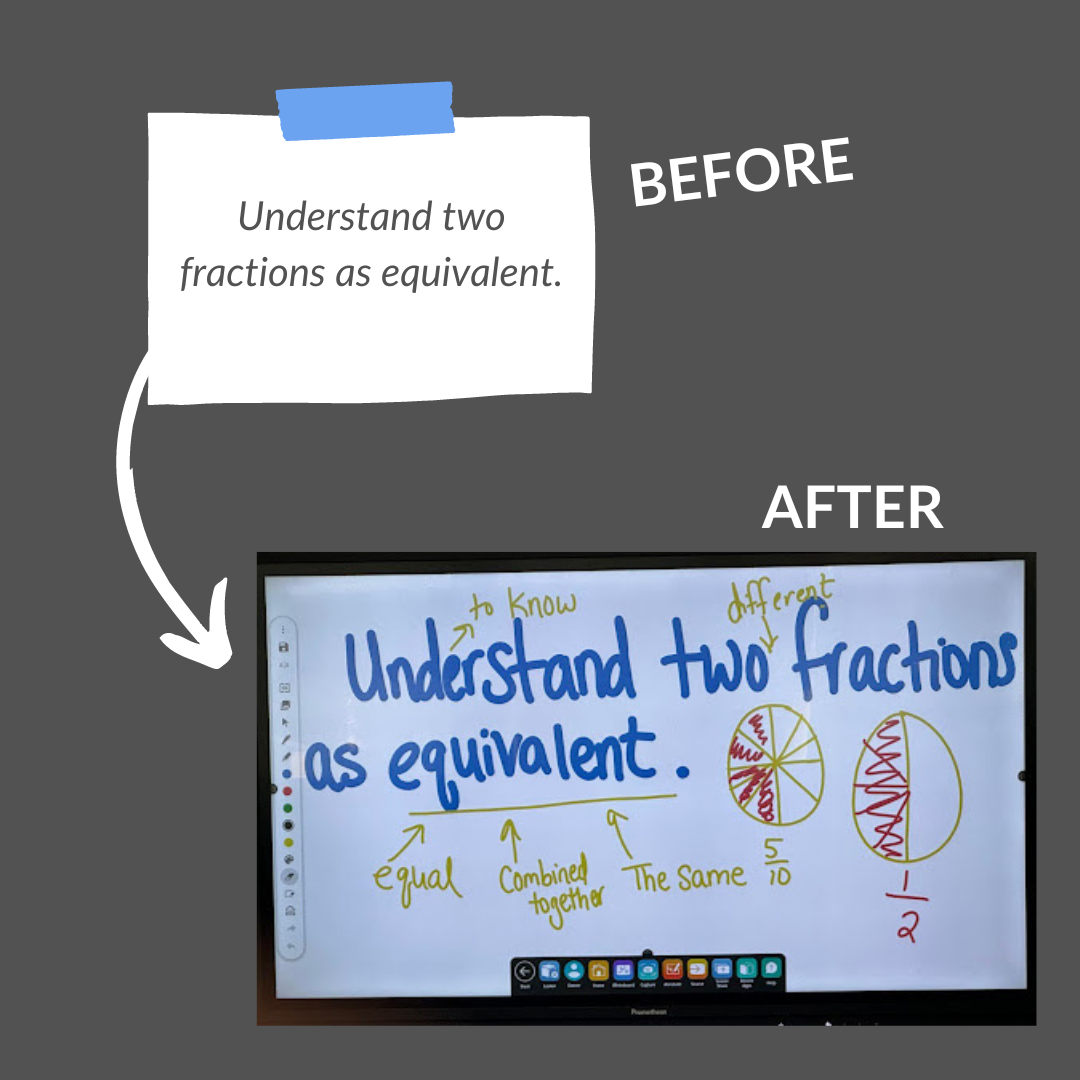An interview with six teachers who transformed their classroom with UDL
“Ugh! They just aren’t engaged and motivated to learn. How can I get my students to participate and own their learning rather than sit passively and wait for me to dole out the information? It just seems like they don’t care”. Sound familiar? If this does, you are not alone. I hear this all the time from educators I partner with and support as we collaborate on implementing Universal Design for Learning (UDL), baby steps of course, in their learning environment.
Many of you are wrapping up the last leg of your learning year but are noticing a lack of student motivation, engagement, lethargy, and boredom, to name a few. Help is here! Read on to find some real-life teacher trench ideas and easy-to-apply UDL strategies in action from educators I partner with who have seen their classrooms transform by applying this simple but powerful UDL strategy.
UDL is about starting your lesson with a firm goal: what do you want your students to know and do derived from the standard? This has to be clear from the onset. Very clear to you, the students, and all in your learning environment. Why? Think about it. How many of you use GPS to get to your destination? I do it all the time. I input the address I want to go to (firm goal), and my GPS gets me there, although there might be a few revisions due to barriers–traffic, road construction, and even sheep crossing the road!
My end destination started with a goal–a place to go. I don’t just get into my car, board a plane, or walk aimlessly to get from point A to point B and hope to get there. I have a clear goal that allows me to focus on getting there, be cognizant of what I need, avoid travel distractions that waste my time, and know where to stop and take a break–a must! The same is true for student learning. It must be clear to you and your students upfront before you dive into a lesson and begin teaching.
One way to engage and help your learners persist when learning is challenging or they are disengaged is to make your goals and objectives more prominent and attention-grabbing. How do you do this, practically? Check out what some teachers have done below to garner some ideas.
Making Goals and Objectives Stand-Out
We absolutely know that some educators display learning goals on anchor charts or whiteboards. Sometimes, though, these goals might seem like mere 'wallpaper'—visible but not vital, often read aloud but not fully engaged with. Fear not! By embracing techniques from fellow inspiring educators, you can transform these goals into dynamic tools. This approach not only enlivens your classroom but also empowers students to connect with and reflect on their learning journey, truly appreciating and tracking their progress toward each goal.
Intrigued? Want to know what educators like you are doing to move from “wallpaper” to student engagement and clarity on the ultimate destination: learning at high levels? Read on!
During my interview with a 3rd-grade and 5th-grade team from Hawaii and middle school teachers in California, they shared, “Before implementing UDL and making time to engage my students with the learning intentions, the kids weren’t vested in their learning because they didn’t understand what and why they were learning the information. Most were disengaged, bored, and lacked focus and motivation. We went through the motions, sometimes posting it, sometimes reading it with them just to get things started in hopes that everybody understood why we were learning. They didn’t. We were at a loss and frustrated.”
After discussing and collaborating with these teachers on increasing student engagement, I provided some UDL professional learning on engaging students with the learning intention, partnering with them in a coaching conversation, and modeling it. Then they gave it a go and then shared their learning with me! (Thank you to Angie, Tiana, Connie, Michelle, Jessica and Mona for sitting with me and sharing your experience and for joining us in this journey to break down barriers to meet the needs of all learners!)
Explore their insights and outcomes below and see examples of what their goals looked like in their classroom before and after they implemented UDL.
-
 Hover message
Hover message -
 Hover message
Hover message
|
Learning Intentions Impact in the Classroom |
|
|
Before Implementing UDL |
After Implementing UDL |
|
|
Strategies for Heightening the Salience of Goals and Objectives (Infographic)
- First and foremost, always share the learning intention of each and every lesson. Provide an opportunity for each student to review it individually (whether on the computer, in a handout, etc.) and on the board.
- Talk through it to ensure they understand the goal(s)
- Make it “student-friendly” and digestible. Circle words that may be hard to understand, discuss them with your students, ask them for words they understand, and annotate in student-friendly language. Notice, they left the academic vocabulary in the learning intention to build vocabulary.
- Revisit those “circled words'' and talk through them with your class. Point at the word and ask your class for another word that could be used in its place. Write it down and put it on a post-it note beside the circled word. This is a fun way to analyze terms within the learning goals by connecting with your students using vocabulary and dialogue they are comfortable with while building knowledge and vocabulary.
- If the “circled” words are used in another context, like in a math goal or ELA goal, circle back to the definition of that term and define what it means in that context, then add a post-it note next to that learning intentionWhen sharing the goal, start by sharing it in your own words but then break it down
- Review those learning targets every single day and the meaning of the words too. Our students are still learning what the words mean so their brains must make the connection between the circled word and their “kid-friendly” definition.
The Results
Upon reflecting on engaging students with the learning intention, one teacher shared,
"I think it makes a huge difference. If everybody is clear on what's expected (of our students). Oh my gosh! The difference that it made in student engagement alone in my classroom and even in my own teaching, it’s so much better than it was before. It feels like everybody's involved and they feel ownership of their own learning, which engages them. So teachers, especially in certain grades, often ask, “How do I get them engaged?” Honestly, this is where they need to start. It's done wonders for us. Another teacher added, “It’s been a game changer. To get students engaged, motivated, own, and reflect on their learning."
By just taking 5 minutes to engage their students with the learning intention, intentionally, all teachers were excited to share the following improvements:
- Student engagement: Students became more aware of what they were expected to learn and took ownership of their learning.
- Student understanding: Clearer learning intentions and success criteria facilitated a deeper understanding of the content.
- Vocabulary development: Students actively used and expanded their vocabulary through discussions and engaging activities.
- Teacher clarity: The process of unpacking learning intentions and creating success criteria enhanced teacher focus and understanding of the standards.
To learn how to bring this to life in your school, contact our team.



